Visions of Morocco
Part of an essay series. See Egypt, Japan, Guatemala. For explanation of references, see the end notes.
A gentle rain fell on the Roman ruins. But we were far from Rome on this quiet plain in Morocco. We were in Volubilis, the capital of the distant Roman province of Mauretania. Volubilis was older still. Before the Romans, the Carthaganians erected temples to their gods. And before the Carthaganians, the Berbers made Volubilis their capital. As time soaked that quiet plain, I knelt to touch the rain-kissed Earth and summoned centuries of history in an instant.
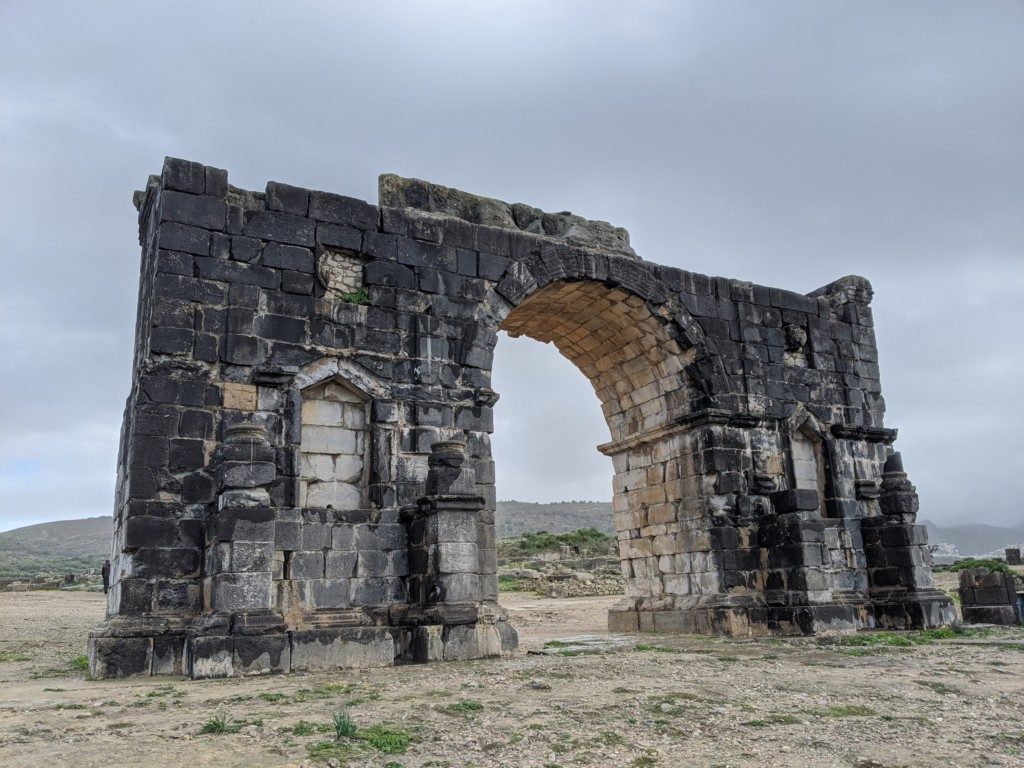
At Volubilis, as the wind blew and the rain fell, I gazed at the millenia-old Roman mosaics and the ruins of pagan Berber temples. Though modern Volubilis was scarcely a village, her ruins sang a familiar refrain. A refrain that echoed five thousand kilometers and a sea away in the Roman ruins of Jerash in Jordan, and Philoppolis in Bulgaria. A refrain of basilicas, of triumphal arches, and of temples to gods like Artemis and Jupiter. What was this cultural chorus that knit Volubilis and Jerash into Pax Romana? How did that cultural chorus build empire?
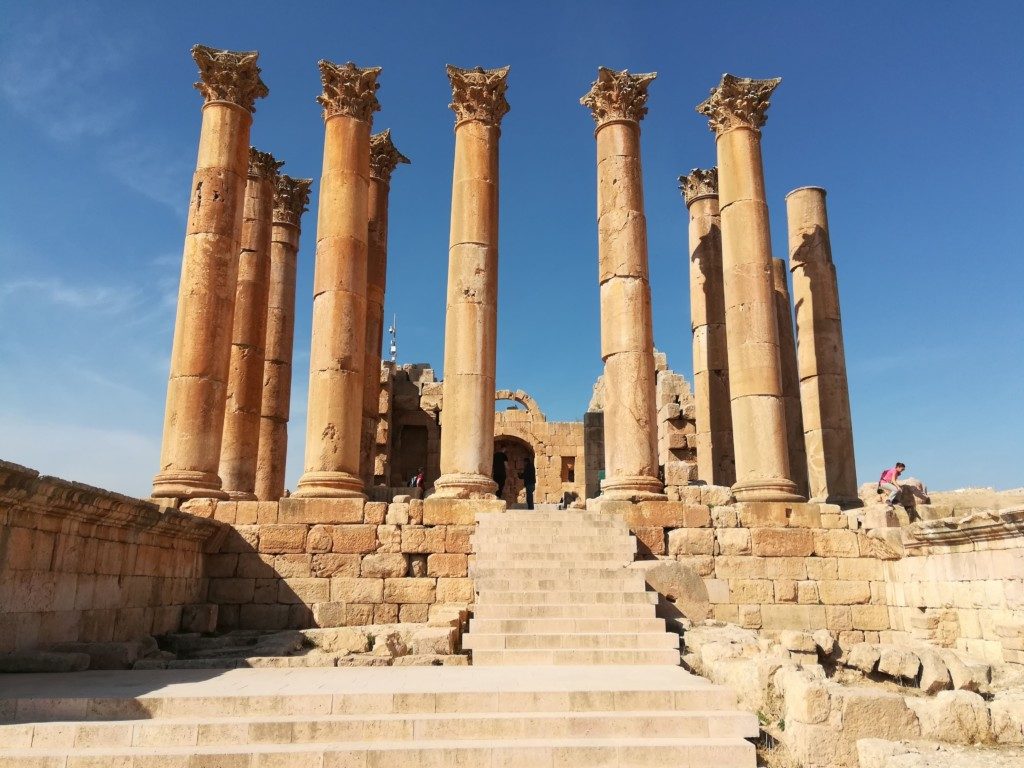
Thoughts of culture-building-empire manifest in our kinetic 21st century, as our world coalesces into one global culture, of laptops and coffee shops, digital nomad lifestyles and yoga retreats. Tulum, Rishikesh, San Marcos, Bali. These sites are thousands of kilometers away, but they sing the same refrain. Their cafes, meditation retreats, tattoos, and the thrum of electronic music. What empire is our culture building?

Berber, Catharge, Rome. Volubilis weathered time through 10 centuries until Islam’s tidal wave washed up against the Atlas mountains, summoning the Maghreb. Moulay Idriss, great-great-great-grandson of Muhammad, lead the Islamic charge. Islam’s refrain brought masjids, prayer calls, allegiance to Mecca, and most importantly Arabic. With the Islamic conquest, a single language united North Africa, from Morocco to Sudan, and from Senegal to Egypt. Just as Parisian French united the Gallic pastiche, and standard Japanese united the Nippon archipelago. The human refrain sings, the culture-builds-empire, the patterns repeat and the wheel turns.
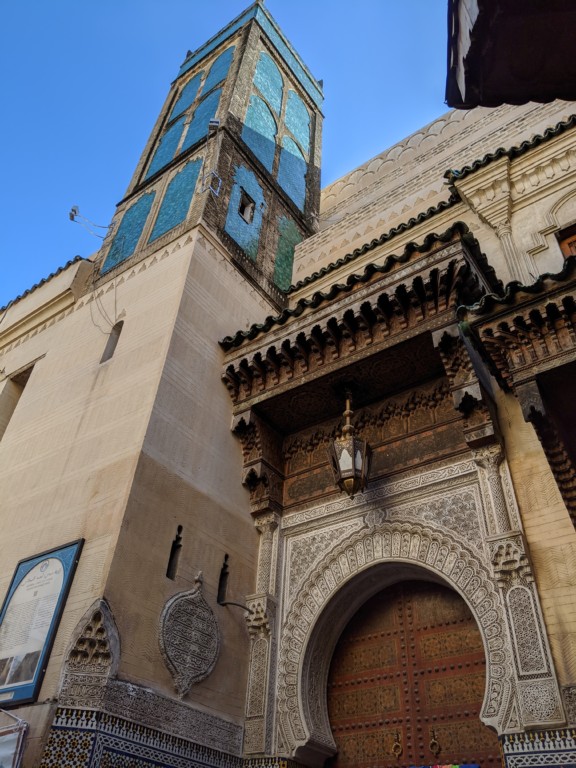
Just as Idriss descended from Muhammed, just as Barbur descended from Timurlane and Genghis Khan, just as the Egyptian pharoahs married each other, human culture turns on dynasty and family. Whether the Khamas of Botswana, the Gandhis of India, or the Kennedys of the US, we build trace structure on lineage to assure stability of rule. And we call that lineage prophet, whether US President or Vatican Pope, Khmer DevaRaja (literally god-king) or Shinto Emperor. And our prophets raise the empyrean through divine inheritance, whether the Khmer DevaRaja inherits from Shiva, or the US President inherits from the holy Constitution. For that is the human condition, of holy books, divine prophets, and omnipotent gods. And we raise them up. Our metaphysical need for divine transcendence creates a will to Deva, to a Father Sky.
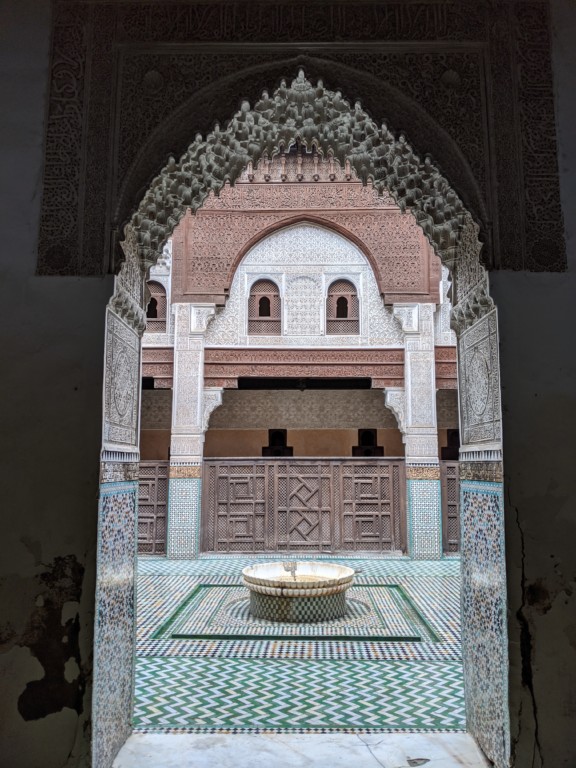
The Idrisids moved capital from Volubilis to nearby Fez. Morocco became an entrepôt between Andalusia and Sahara. You can glimpse the camels moving cloth from Europe, dates from Morocco, and gold and ivory from West Africa, to lay a web of trade and commerce that bound Europe with the sub-Sahara. “My goal is to show that Morocco is African, not European.” I was speaking to Bert Flint of the Tiskiwin museum in Marrakech. He showed me how the spider lines of trade connected the Berber, Tourags, Foulani and a pantheon of other tribes across the seas of sand, forging one human fabric that swelled from West Africa and cascaded down from Andalusia. A fabric that threaded millennia of history from Mauretania through Carthage, Roman, Idrisid through to today.
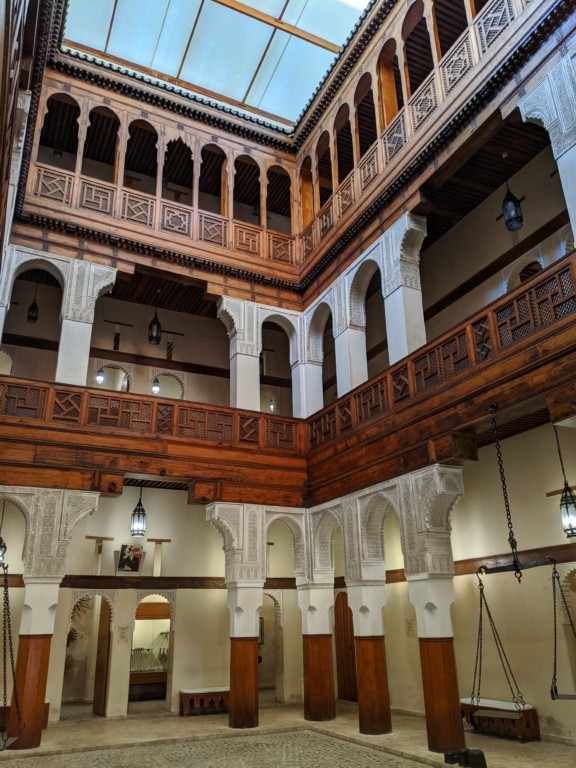
From that fabric, a 17th-century thread buttresses the Morocco of today. For today’s Morocco owes its existence to Moulay Ismail’s 17th-century iron-fisted rule. And that iron first was his “Black Guard”, his loyal army of sub-Saharan slaves. How strange that Morocco’s existence turned on sub-Saharan warrior-slaves, just as Egypt’s rested on warrior-slave Turkic Mamluks, and the Ottomans raised European warrior-slave Janissaries. Such history echoes strangely in millennial ears better attuned to dog influencers and selfie filters. How then, will we remember what was, to know what could be?
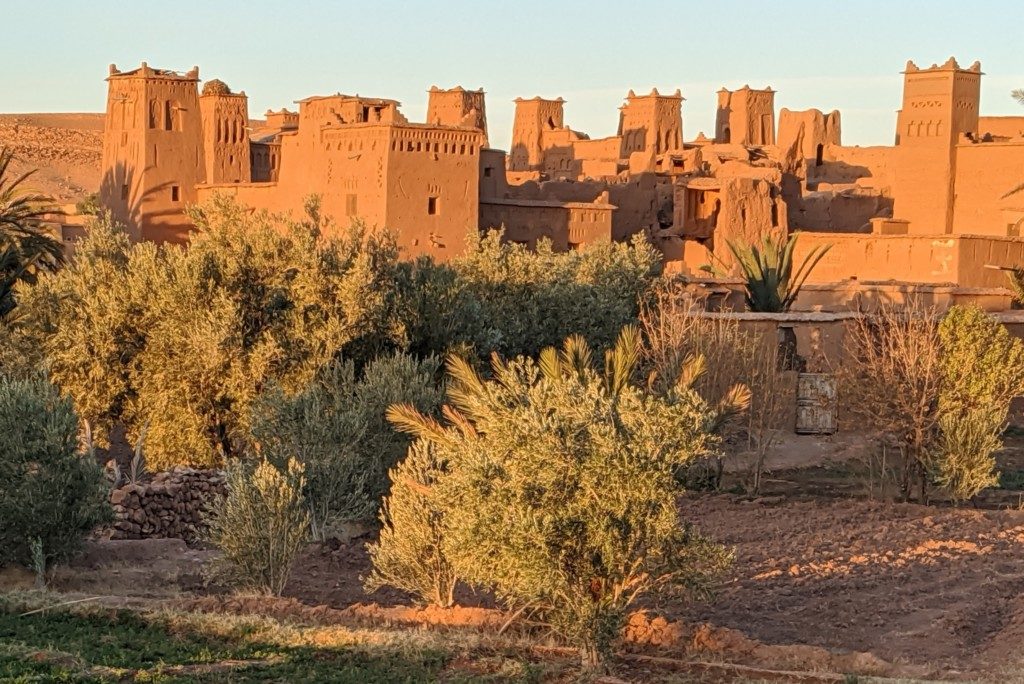
If slaves tell tales, gods tell strange tales. When the Spanish Reconquista persecuted Jews in Iberia, it was Muslim Marinids and Wattasids that gave Jews shelter. And when Greek texts were lost to history, Europe found herself from Arabic translations of those very texts. Will we remember what was, to know what could be? And what could be is when Israelis today move to Berlin from Tel Aviv, and when a line cleaves the Indus from the Ganges. As we become the detritus of history’s forward wave, the mandala is revealed, and the patterns instruct the yugas forward.

That mandala is far older, though. For, 5 millennia ago, the Sahara was not a desert, but green. Until a tiny shift in the Earth’s tilt caused the desertification of all North Africa. In a stroke, a cosmic twitch changed the course of human civilization. What empires were lost to the Sahara? What stories lie buried under the shifting desert sands? What cosmic changes remain? How is our human fate connected to the stars and cosmos?
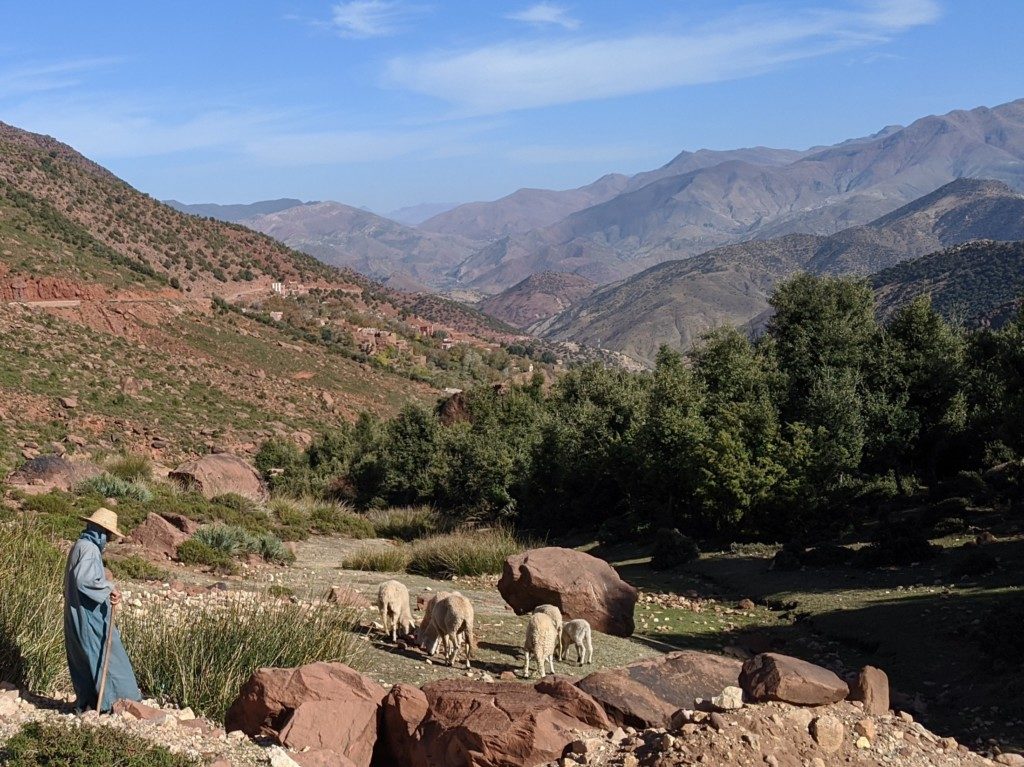
The petroglyphs of the Sahara bear witness to this cosmic shift. From Merzouga, you can stand on Erg Chebbi, and stare across the frontier into Algeria and Mauritania. Across the lands of the Bedouin and Touareg. The sunset sprawls across wispy clouds above the furrowed lands of dunes, ridges, and valleys. You listen close, and you can hear the ancient symbols on the wind. The Earth Mother and Sky Father. The culture-building-empire that created the planet-spanning empire of homo sapien some 70,000 years ago. You can hear the sounds of gods — Berber, Roman, Carthaganian, Islamic — the culture-building-empires of human history. What is our culture? What empire do we build? What is our place in the cosmos? What millennia-spanning cycles do we play in?
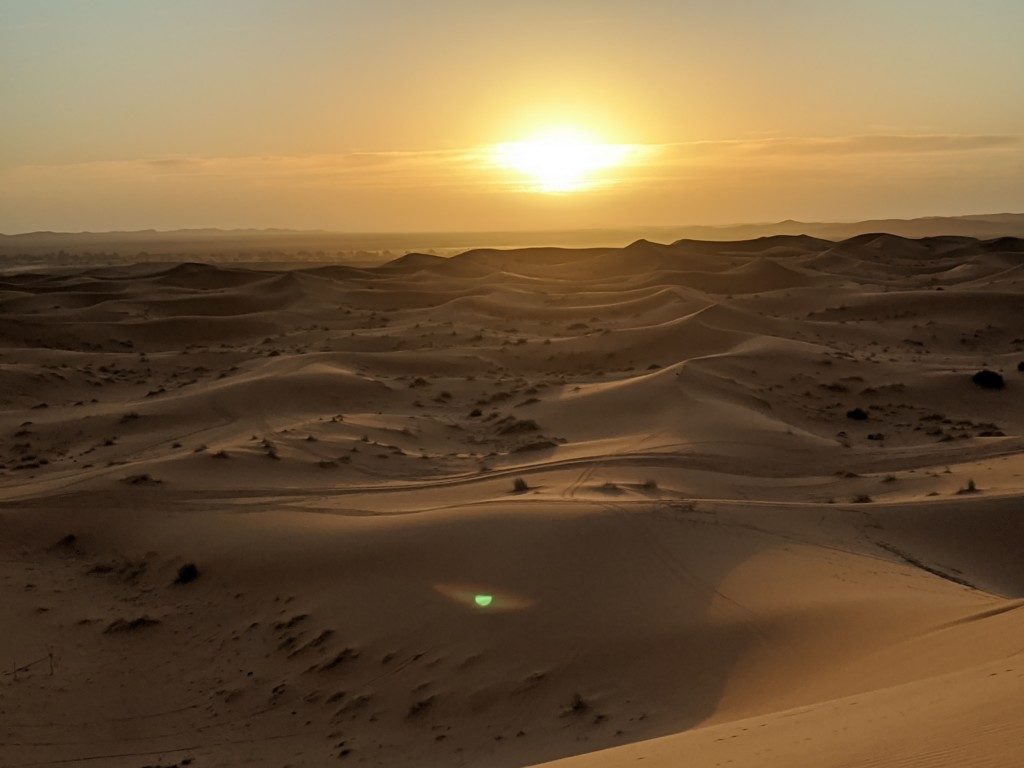
For anthropology is the mother of all sciences. If we do not study ourselves, we cannot understand ourselves. We do not understand why the stars call us, why the mountains echo our name, why an inner primality renders modern life hollow. Why techno-hippies build desert temples of connection, loss, and tragedy. That is the human story writ across the seas and sands, rippling forward through the millennia, reaching deep into the heart of Africa and far across the Meditarranean, the cascade of culture-building-empire permuting, mutating, evolving. To remember is to know. The human refrain sings, the culture-builds-empire, the mandala is revealed, and the patterns instruct the yugas forward.
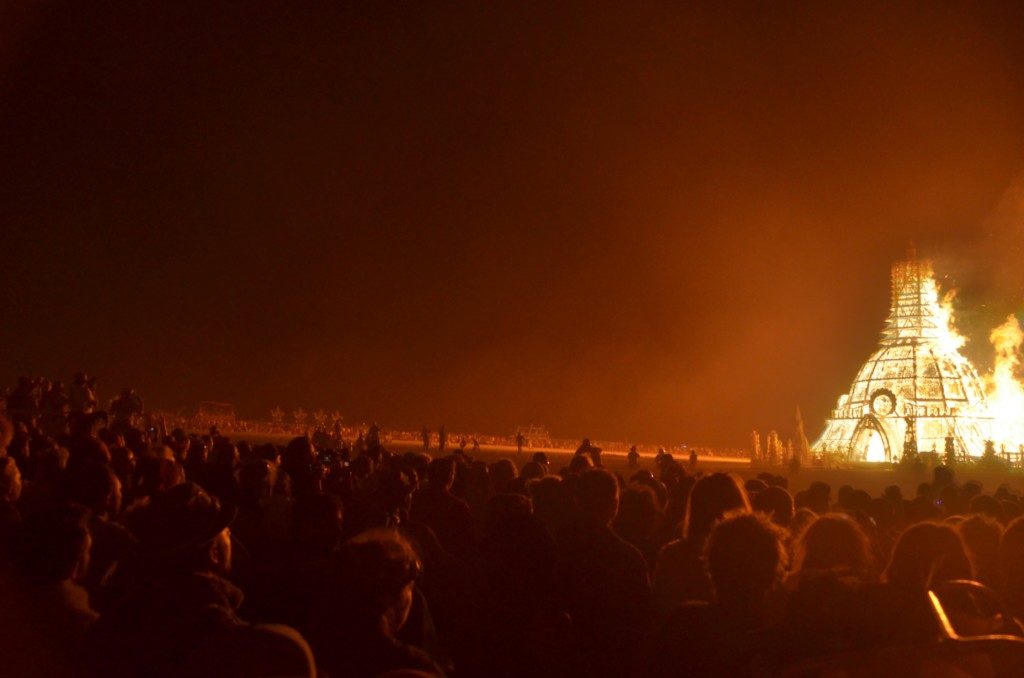
Also read my other travel essays:
End Note: Concepts in this Essay
This essay discusses “culture-building-empire” as the driving concept for human evolution. That is, societies need cohesive culture. Without culture, a society or empire cannot endure. See How Humans Evolve. The phrases “human refrain” and “patterns repeat” mean that irrespective of the society, the same features exist. That is, all societies must have mechanisms for establishing trust between members via rules that govern social interaction, whether from animist, religion, or law. For example, see the Structure of Religion. These rules inherit from existing human structures. For religions leverage existing human psychology to exercise control. See Religious Mechanisms.
To understand the US president as a prophet, read about the sociological concept of American Civil Religion. This idea connects with the observation that kings often assumed authority from God, as the essay describes. Divine authority never hurts :)
“Father Sky” is the universal human progenitor of such divinity. See Sky Father. The female counterpart is the Earth Mother.
Mandala is a Hindu and Buddhist artform connecting to revealing truths. Here, mandala signifies truths in human history. Yuga refers to epochs in Hindu mythology.
Regarding cosmic changes, the Earth’s evolution is driven by the Sun. Minor changes in the sunlight radically change the Earth. These changes occur as cycles or as events. The “millennia-spanning cycles” refers to these climate cycles. See Milankovitch cycles.
“Techno-hippies build desert temples of connection” refers to the temple at Burning Man. Burning Man is a festival that draws 70,000 hippies who typically work in technology companies. The temple is a memorial to people who’ve died. In contrast to the joy that pervades Burning Man, the temple is silent, as is the burning of the temple.
Volubilis, Jerash, and Philoppolis are all Roman cities. All Roman cities have common buildings and layouts, such as axial roads, called cardos, and buildings like a forum for governance, temples to Roman gods like Artemis and Jupiter, an amphitheatre for entertainment, and so on. See Ancient Roman Architecture. Since architecture and city design reflect culture, the homogenous layout of Roman cities indicates a common culture imposed by Romans, irrespective of the city’s indigenous culture or location. Given that culture is the motor on which society turns, no doubt this common culture underpinned the vast Roman empire. Actually seeing the same mosaics 5000 kilometers distant viscerally reminder of culture. Consider McDonald’s today. You can visit any McDonald’s in the world and have a consistent experience. McDonald’s has a culture that sustains its empire worldwide.
Tulum, Rishikesh, San Marcos, Bali are all new-agey retreats to varying degrees. New Age practices mean meditation, chakra healing, astral traveling and the like. Tulum in Mexico mixes beachside partying with a veneer of New Age practice. Rishikesh is firmly on India’s “Hummus Trail“. San Marcos is a stunning and strange village on Guatemala’s Lake Atitlan, where dreadlocked hippies mix with Mayans. Bali you know. The pioneer of global hippie culture.